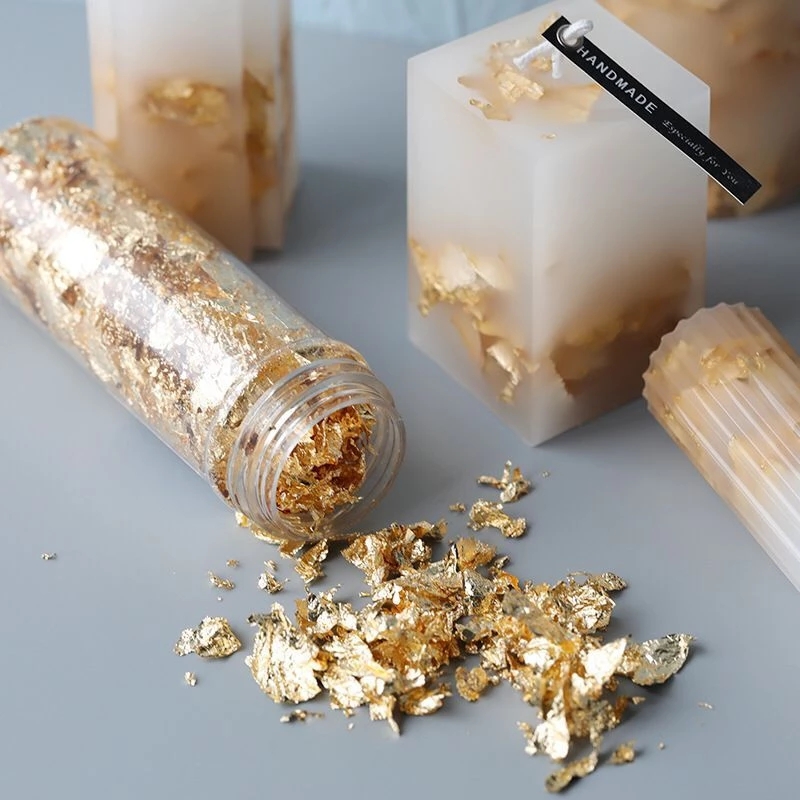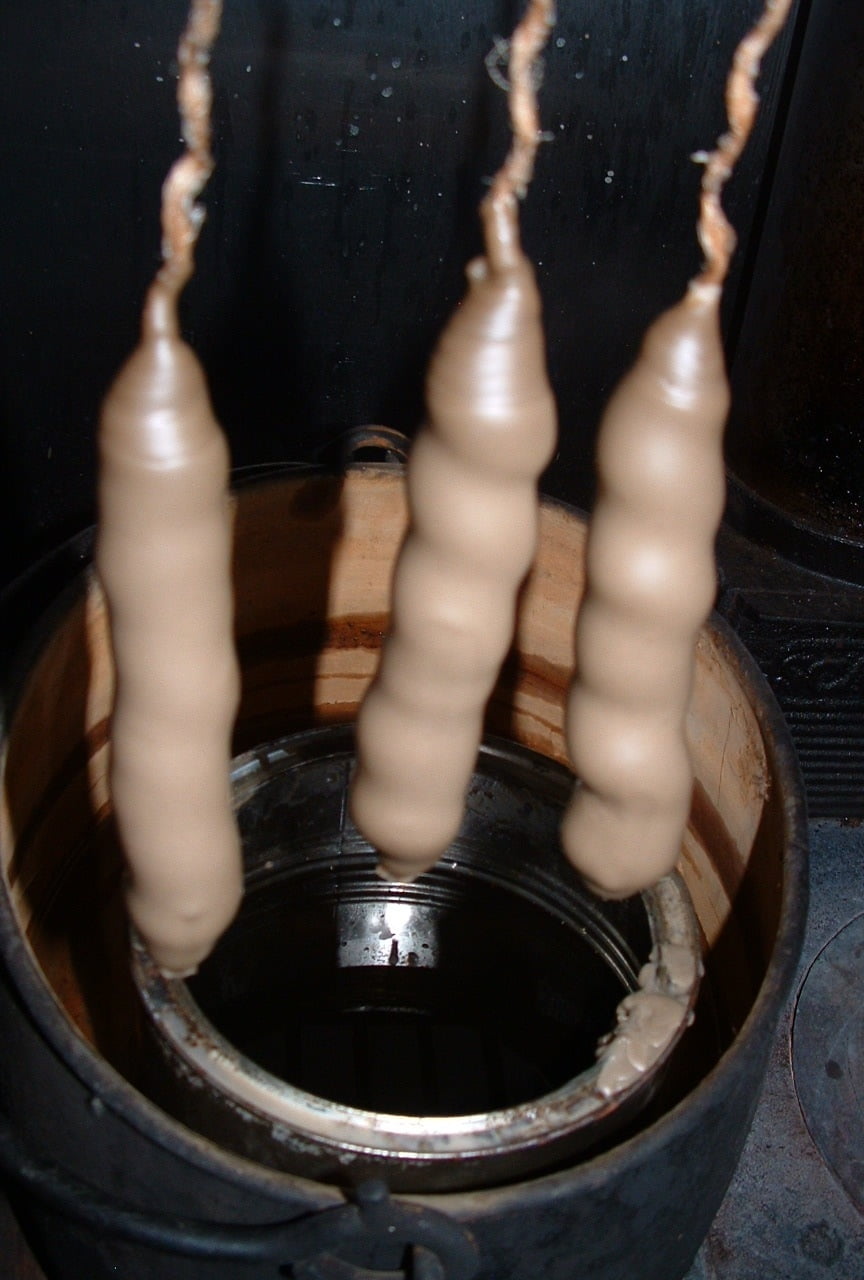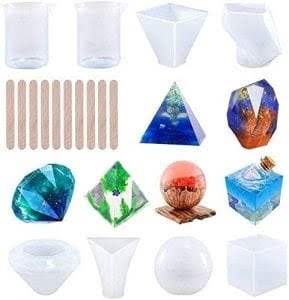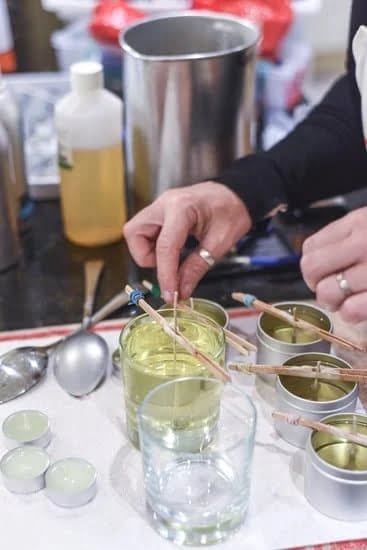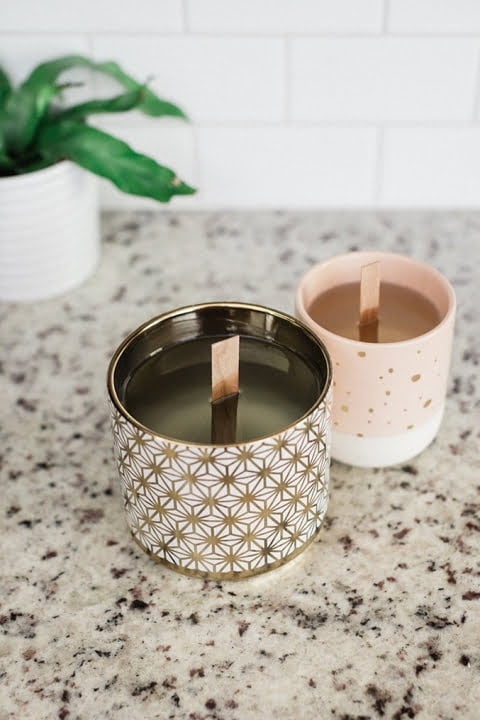Candle making can be a fun and rewarding hobby, but it’s important to prioritize health and safety throughout the process. Whether you’re a beginner or an experienced candle maker, understanding the potential risks and taking the necessary precautions is essential for your well-being and the well-being of those around you.
This article will provide valuable insight into the health and safety considerations involved in candle making, from identifying potential hazards to choosing the right materials and implementing proper ventilation. By prioritizing candle making health and safety, you can create a safe and healthy environment for yourself and others.
When it comes to candle making, there are several potential health hazards that must be understood in order to effectively mitigate risks. From exposure to harmful chemicals to fire hazards, it’s crucial to be aware of these potential dangers and take proactive measures to address them. By implementing essential safety precautions and using the right materials, you can protect yourself and your environment while enjoying the craft of candle making.
In this comprehensive guide, we will explore the importance of proper ventilation, fire safety measures, best practices for handling and storage, as well as the significance of personal protective equipment (PPE). Each aspect plays a critical role in promoting a safe and healthy candle making environment. By equipping yourself with this knowledge, you can confidently pursue your passion for candle making while ensuring your well-being is safeguarded throughout the process.
Understanding the Risks
When it comes to candle making health and safety, it is important to understand the potential health hazards that are associated with this craft. While making candles can be a fun and enjoyable hobby, it is also important to recognize that there are certain risks involved, particularly when it comes to handling the various materials and ingredients used in the process.
Exposure to Toxic Substances
One of the main health hazards associated with candle making is the potential exposure to toxic substances. Many traditional candle waxes contain paraffin, which when burned can release harmful chemicals into the air such as benzene and toluene. In addition, some scented candles may also contain synthetic fragrances or dyes that can emit hazardous volatile organic compounds (VOCs) when burned.
Risk of Burns and Skin Irritation
Another risk in candle making is the potential for burns and skin irritation. Handling hot wax, fragrance oils, and other materials can put you at risk for burns if not done carefully. In addition, some fragrance oils or dyes may cause skin irritation or allergic reactions if they come into direct contact with your skin.
Inhalation of Particulate Matter
Particulate matter from burning candles can also pose a risk to your health. When candles are burned, they release tiny particles into the air which can be inhaled into the lungs. Inhaling these particles can potentially lead to respiratory issues, especially for individuals with pre-existing conditions such as asthma or allergies.
It is crucial for anyone engaging in candle making to be aware of these potential hazards and take necessary precautions to protect their health and safety throughout the process.
Essential Safety Precautions
Candle making can be a fun and rewarding hobby, but it is important to prioritize health and safety during the process. By taking essential safety precautions, you can protect yourself and your environment from potential hazards. Whether you are an experienced candle maker or just starting out, it is crucial to be aware of the risks associated with this activity.
One of the most important aspects of candle making health and safety is to always work in a well-ventilated area. This helps to minimize exposure to any harmful fumes that may be released during the melting and pouring of wax. Proper ventilation can also reduce the risk of fire hazards by ensuring that any combustible fumes are swiftly removed from the workspace.
In addition to ventilation, it is essential to use personal protective equipment (PPE) when making candles. This may include wearing gloves to protect your skin from hot wax and using safety goggles to shield your eyes from splashes or spills. PPE plays a crucial role in preventing injuries and minimizing potential health risks associated with candle making.
| Aspect | Importance |
|---|---|
| Proper Ventilation | Minimizes exposure to harmful fumes and reduces fire hazards. |
| Personal Protective Equipment (PPE) | Prevents injuries and minimizes potential health risks. |
Choosing the Right Materials
When it comes to candle making health and safety, choosing the right materials is crucial for ensuring that the process is safe for both yourself and the environment. By selecting safe and high-quality ingredients, you can minimize potential health hazards and create candles that are not only beautiful but also safe to use.
Understanding Safe Candle Making Ingredients
One of the most important aspects of candle making health and safety is understanding which ingredients are safe to use. When choosing waxes, it’s important to opt for natural alternatives such as soy wax or beeswax, as they produce fewer toxic by-products when burned compared to paraffin wax. Additionally, when selecting fragrance oils and essential oils, make sure they are specifically formulated for candle making to ensure they are safe for burning.
Avoiding Harmful Additives
In addition to using safe waxes and oils, it’s important to avoid harmful additives such as UV inhibitors, colorants with heavy metals, or lead-core wicks. These additives can release toxic fumes when the candle is burned, posing a risk to your health and indoor air quality. Be sure to carefully read ingredient labels and opt for natural and non-toxic options whenever possible.
Sourcing Materials Responsibly
Another consideration for safe candle making ingredients is sourcing them responsibly. Look for suppliers who prioritize sustainability, ethical practices, and transparency in their sourcing methods. By choosing materials from reputable suppliers, you can ensure that the ingredients used in your candles have been produced in an environmentally conscious manner, further promoting a safe and healthy candle making environment.
By following this guide to safe candle making ingredients, you can prioritize your health and safety while creating beautiful candles that are free from harmful chemicals and additives. Selecting high-quality materials will not only benefit you but also contribute to a healthier living space for those around you.
Proper Ventilation
When it comes to candle making health and safety, proper ventilation is crucial for protecting yourself and your environment. Without adequate ventilation, harmful fumes and particles from melting wax and fragrance oils can build up in the air, posing serious health risks to the candle maker and anyone else in the vicinity. To ensure a safe and healthy candle making environment, it’s important to understand the importance of proper ventilation and how to achieve it.
Here are some essential tips for maintaining proper ventilation during candle making:
- Use a well-ventilated workspace: It’s important to work in a room with good airflow, such as near an open window or with a fan to circulate the air. Avoid working in a confined space without proper ventilation, as this can lead to a buildup of toxic fumes.
- Invest in a quality ventilation system: If you frequently make candles or work with strong fragrances, consider investing in a ventilation system specifically designed for candle making. These systems can help remove airborne contaminants and maintain clean air in your workspace.
- Take regular breaks: If you start to feel lightheaded or dizzy while working on candles, take a break and step outside for some fresh air. This can help clear your lungs of any accumulated fumes and prevent adverse health effects.
By implementing these measures, you can significantly reduce the potential health hazards associated with inadequate ventilation during candle making. Prioritizing proper ventilation is essential for creating a safe and healthy environment for both yourself and those around you.
Fire Safety
When it comes to candle making health and safety, fire safety is a critical aspect that should not be overlooked. The process of making candles involves working with open flames, hot wax, and potentially flammable materials, which can pose serious fire hazards if proper precautions are not taken.
To prevent accidents during candle making, it is important to have a clear understanding of fire safety protocols and emergency procedures. This includes having a well-equipped fire extinguisher within reach, knowing how to use it effectively, and having an evacuation plan in place in case of a fire-related emergency. Additionally, it is crucial to be mindful of the surrounding environment and ensure that there are no flammable objects or substances nearby.
Proper training in fire safety and emergency procedures is essential for anyone engaging in candle making activities. Understanding the risks associated with working with open flames and hot wax, as well as knowing how to respond in the event of a fire, can significantly reduce the likelihood of accidents and injuries.
| Fire Safety Protocols | Emergency Procedures |
|---|---|
| Have a fire extinguisher within reach | Develop an evacuation plan |
| Maintain clear work area free from flammable objects | Properly train individuals on responding to fires |
It’s important to note that while fire safety measures are crucial for preventing accidents during candle making, they should also be complemented by other safety precautions such as proper ventilation, appropriate handling and storage of materials, and the use of personal protective equipment (PPE). By integrating comprehensive safety protocols into the candle making process, individuals can create an environment that prioritizes both health and safety.
Handling and Storage
When it comes to candle making health and safety, proper handling and storage of materials are essential to prevent accidents and ensure a safe working environment. Here are some best practices to consider:
1. Organize your workspace: Keep your candle making materials and tools neatly organized in designated areas to minimize the risk of spills or accidents. This also makes it easier to locate the items you need during the candle making process.
2. Store materials properly: Store all candle making ingredients, such as wax, fragrance oils, and dyes, in a cool, dry place away from direct sunlight and heat sources. Make sure containers are tightly sealed to prevent contamination and potential hazards.
3. Handle with care: When handling candle making materials, especially hot wax, be mindful of potential burns or skin irritation. Use appropriate protective gear such as heat-resistant gloves when working with hot materials.
4. Clean up spills promptly: Accidents happen, but it’s important to clean up any spills or drips of wax immediately to prevent slips and falls. Use absorbent materials like paper towels or cloth to soak up spills before they harden.
5. Dispose of waste properly: Properly dispose of leftover wax, used containers, and other waste materials according to local regulations. Do not pour excess wax down the drain as it can cause clogs and environmental damage.
By following these best practices for handling and storing candle making materials, you can promote a safe and healthy environment for yourself and others involved in the candle making process while minimizing potential health hazards.
Personal Protective Equipment
When it comes to candle making health and safety, personal protective equipment (PPE) plays a crucial role in protecting yourself from potential hazards. PPE includes items such as gloves, eye protection, and aprons, and they are essential for minimizing the risk of exposure to harmful substances during the candle making process. By wearing the appropriate PPE, you can protect your skin, eyes, and respiratory system from coming into contact with potentially harmful materials.
One of the most important pieces of PPE in candle making is gloves. When working with hot wax, fragrance oils, or dyes, it’s important to wear heat-resistant gloves to prevent burns and irritation. Additionally, wearing gloves can also protect your hands from being exposed to chemicals that may be present in some candle making materials. Similarly, wearing goggles or a face shield can help protect your eyes from splashes of hot wax or other liquids.
In addition to gloves and eye protection, wearing an apron can provide an extra layer of protection against spills and splashes. An apron made of a durable material can help shield your clothing and skin from potential exposure to hot wax or other materials used in candle making. Overall, understanding the importance of PPE in candle making health and safety is crucial for creating a safe and healthy environment for both hobbyists and professional candle makers alike.
Conclusion
In conclusion, it is evident that candle making health and safety are crucial aspects of the candle making process that cannot be overlooked. Understanding the potential health hazards and taking essential safety precautions are important steps in protecting oneself and the environment. Choosing the right materials, ensuring proper ventilation, practicing fire safety, and following best practices for handling and storage also play a significant role in promoting a safe and healthy candle making environment.
By prioritizing candle making health and safety, individuals can minimize the risks associated with this creative craft. It is important to emphasize the importance of personal protective equipment (PPE) in candle making to further ensure the well-being of all involved. Additionally, education on emergency procedures and proper training can help prevent accidents and promote overall safety within the candle making community.
Ultimately, by adhering to these guidelines and promoting a safe and healthy environment for all, individuals can enjoy the art of candle making while minimizing potential health risks. It is crucial for both beginners and experienced candle makers to prioritize health and safety in order to continue enjoying this fulfilling hobby for years to come.
Frequently Asked Questions
Should You Wear a Mask When Making Candles?
Yes, wearing a mask when making candles is highly recommended, especially when working with fragrances and dyes. This helps to prevent inhaling any particles or fumes that may be harmful to the respiratory system.
Are There Health Risks to Candles?
There can be health risks associated with burning candles, particularly if they are made with paraffin wax or contain lead wicks. These materials can release harmful chemicals and toxins into the air when burned, which may contribute to indoor air pollution and potential health problems.
How Do You Make Homemade Candles Safely?
To make homemade candles safely, it’s important to use natural waxes like soy or beeswax, as well as lead-free wicks and safe fragrance oils. It’s also crucial to work in a well-ventilated area, use proper equipment, and follow strict safety guidelines to avoid any accidents or health risks during the candle-making process.

Welcome to my candle making blog! In this blog, I will be sharing my tips and tricks for making candles. I will also be sharing some of my favorite recipes.

